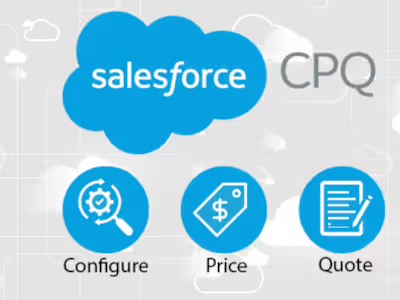Sales Enablement Framework Implementation
Sales enablement is a strategic approach that equips sales teams with the resources, tools, and information they need to effectively engage with customers throughout the buying journey. A sales enablement framework serves as a structured blueprint for implementing this strategy within an organization.
At its core, a sales enablement framework typically consists of several key components:
Understanding the Buyer Journey: This involves mapping out the various stages that a potential customer goes through when making a purchasing decision. By understanding these stages, sales teams can tailor their approach and provide relevant content and support at each step.
Content Development and Management: Sales enablement relies heavily on providing sales teams with high-quality, relevant content that they can use to educate and persuade prospects. This includes sales collateral, product information, case studies, and more. A framework outlines how this content is created, organized, and distributed to sales reps.
Training and Development: Continuous training and development are essential for keeping sales teams informed about product updates, market trends, and sales techniques. A sales enablement framework includes provisions for ongoing training programs, workshops, and resources to help sales reps sharpen their skills.
Technology and Tools: Sales enablement often leverages technology platforms and tools to streamline processes, automate tasks, and provide insights into customer behavior. A framework identifies the specific tools and technologies that will be used to support the sales process, such as CRM systems, sales automation software, and analytics tools.
Metrics and Measurement: An effective sales enablement framework includes mechanisms for tracking and measuring the impact of enablement efforts. This involves defining key performance indicators (KPIs) such as sales conversion rates, revenue generated, and customer satisfaction scores, and using analytics to assess the effectiveness of enablement initiatives.
Alignment with Marketing: Sales and marketing alignment is crucial for ensuring that the content and messaging provided to sales teams align with the overall marketing strategy and brand positioning. The framework outlines how sales and marketing teams will collaborate to develop and distribute content, generate leads, and support each other's efforts.
By implementing a sales enablement framework, organizations can empower their sales teams to be more effective, improve sales productivity, and ultimately drive revenue growth.
Like this project
Posted Apr 11, 2024
Developed and implemented a comprehensive sales enablement framework that empowered the sales team to achieve outstanding results.
Likes
0
Views
4




